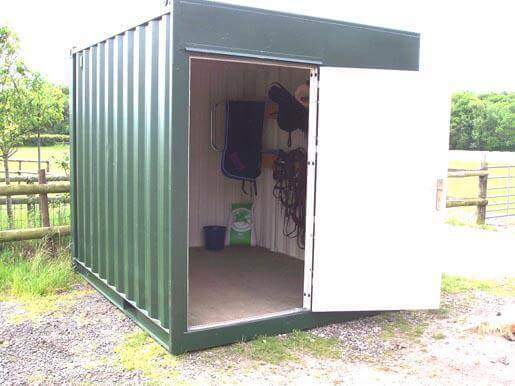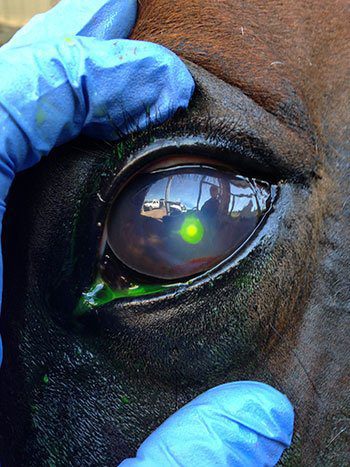My horse has broken into the feed shed and eaten everything. What should I look for?
The first step is to call your veterinarian immediately to determine what course of action needs to be taken. Overeating can lead to colic and laminitis, while consuming feeds not intended for horses can be fatal. Your veterinarian will be able to advise you on what to do.
Firstly, if your horse has consumed a large quantity of horse feed, you need to very cautious about an onset of colic or laminitis.
Colic is a general term describing stomach discomfort or pain. You must watch your horse carefully for changes in behaviour and closely monitor their vital signs. The common signs of colic are:
- Pawing at the ground
- Looking around at the flank
- Frequently laying down and getting up
- Rolling
- Curling the upper lip
- Increased heart rate or breathing rate
- Excessive sweating around the flanks or shoulders
Laminitis causes severe pain in the hooves and may be evidenced by lameness, unwillingness to move, slow movement or lying down for long periods. You should closely monitor your horse’s vital signs, and check their hooves for a bounding digital pulse or heat that doesn’t dissipate.
Secondly, if your horse has consumed any feed intended for other animals, you should find the feed bag and read the ingredients to your veterinarian. Some of these feeds contain additives or medications that are potentially deadly to horses.
Depending on the quantity and type of feed your horse has consumed, your veterinarian will be able to assess the severity of the situation. If you notice any unusual changes in your horse’s vital signs, or suspect colic or laminitis, call your veterinarian immediately.




